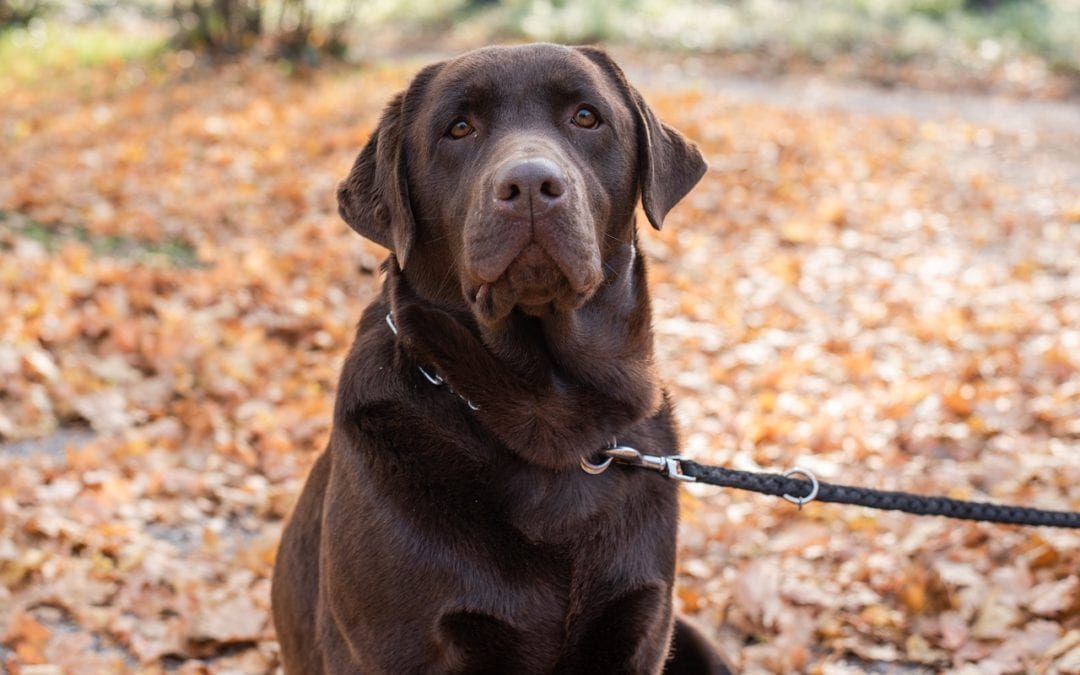Upon presentation physical exam revealed the rest of Georgia’s body systems were within normal limits and there were no other significant findings. Baseline blood work was performed and a skull radiograph was recommended to rule out potential causes for the acute onset of Vestibular Disease. In older dogs, the most common reason for this disease is actually idiopathic. The term given to senior dogs with this condition, when all other disease processes are ruled out, is “Old Dog Vestibular Disease.”
Georgia was kept in hospital for the evening and started on a couple of supportive care treatments. This included intravenous fluids, anti-nausea medications, and antibiotics since infection could not be completely ruled out. The next morning Georgia was willing to eat and drink on her own as well as walk without assistance. Georgia was then recommended for outpatient care and sent home with anti-nausea medications and a continued course of antibiotics. A week later Georgia showed complete improvement with no residual deficits. Based on her improvement she most likely was suffering from the aforementioned “Old Dog Vestibular Disease.”
The usual course for “Old Dog Vestibular Disease” is dogs will generally show improvement in clinical signs within 72 hours and significant improvement within 7-10 days. Improvement clinically includes correction of rapid eye movements, improvement of wobbly gait and better appetite. Most dogs will return to normal within 2-3 weeks. Some dogs may have minor changes or residual deficits going forward and others may have signs reoccur. Often reoccurrence is associated with stressful events. By the numbers, however, reoccurrence is rare.

